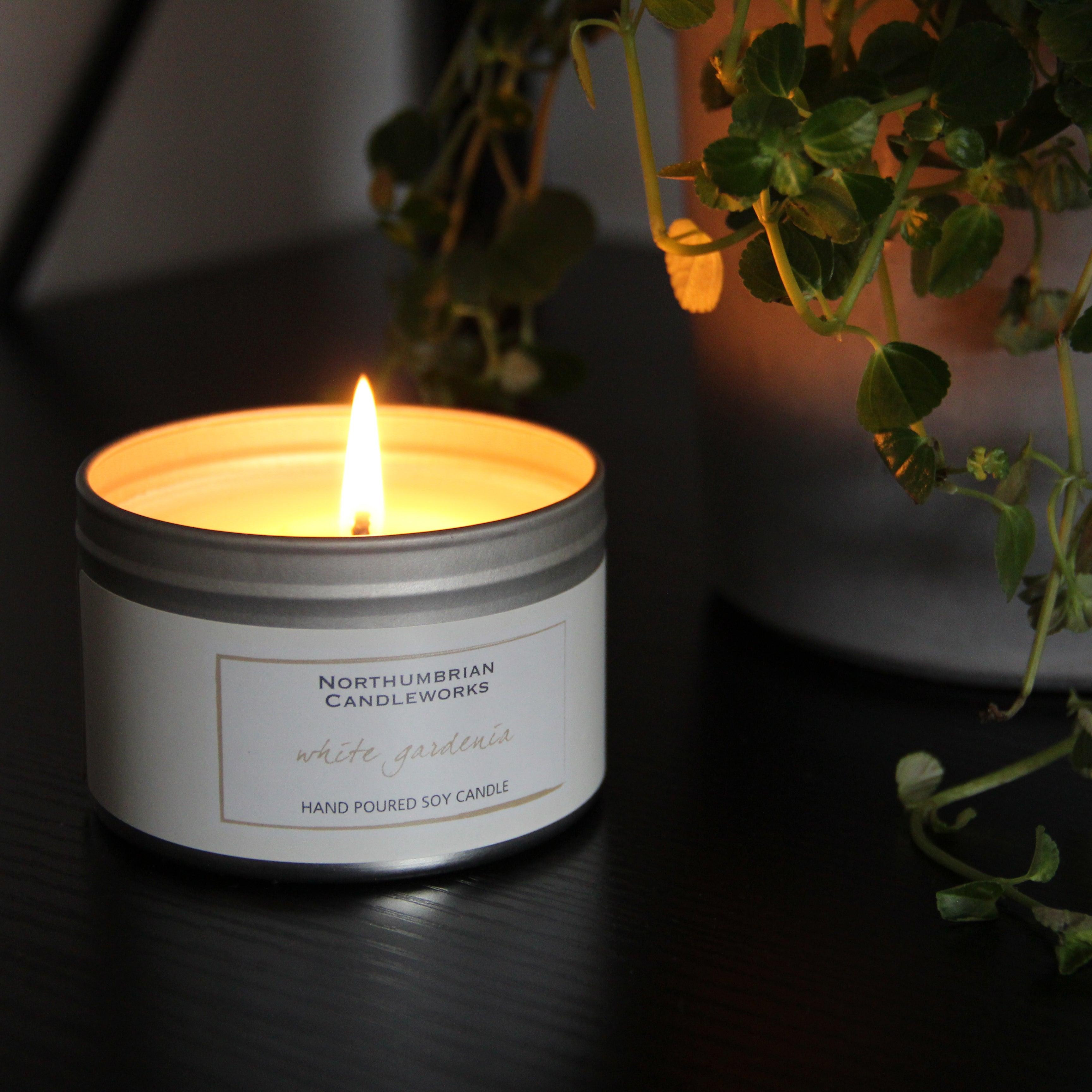Transform Your Home with Eco-Friendly Soy Candles and Home Fragrance
Transform Your Home with Eco-Friendly Soy Candles and Home Fragrance
Blog Article
From Wick to Wax: Comprehending the Chemistry Behind Soy Wax Candles and Their Environmental Impact
As we brighten our spaces with the cozy radiance of candle lights, there lies a world of intricate chemistry behind the apparently simple act of lighting a soy wax candle light. The choice between soy and paraffin wax expands past mere aesthetic appeals, delving into the realm of ecological influence and the very make-up of the materials. Understanding the molecular structure of soy wax and its combustion procedure sheds light on the emissions released right into our surroundings. Join us as we untangle the scientific details behind soy wax candle lights and discover their ramifications on our environment.
Soy Wax Vs. Paraffin Wax
When comparing soy wax and paraffin wax for candle light production, it is essential to understand the unique attributes and benefits of each material. Soy wax is an all-natural, renewable energy stemmed from soybean oil, making it biodegradable and environment-friendly - soy wax candles. On the other hand, paraffin wax is a by-product of oil refining, which increases concerns regarding its ecological influence and sustainability
Soy wax candles burn cleaner and emit much less residue contrasted to paraffin wax candle lights, making them a much healthier selection for interior air high quality. Furthermore, soy wax has a reduced melting factor, enabling for a longer-lasting candle light that distributes scent more effectively. Paraffin wax, on the other hand, often tends to melt faster and less cleanly, possibly launching unsafe chemicals into the air.
From a sustainability perspective, soy wax is preferred for its biodegradability and sustainable sourcing, lining up with the expanding customer preference for environmentally aware items. While paraffin wax has actually been a typical selection in candle light making because of its cost and convenience of use, the change towards green alternatives like soy wax is getting momentum in the market.
Chemical Make-up of Soy Wax

Burning Refine in Soy Candles
The chemical composition of soy wax straight affects the combustion procedure in soy candles, impacting aspects such as burn time, aroma release, and ecological effect. When a soy candle light is lit, the heat from the flame melts the wax near the wick.
The burning efficiency of soy candle lights is influenced by the pureness of the soy wax and the top quality of the wick. Furthermore, soy wax candle lights have a lower environmental influence contrasted to paraffin candle lights due to their renewable and eco-friendly nature.

Ecological Benefits of Soy Wax

Considered a sustainable alternative to conventional paraffin wax, soy wax uses significant ecological advantages that make it a popular selection amongst eco-conscious customers. One substantial advantage of soy wax is its sustainable sourcing. Soy wax is stemmed from soybean oil, which is primarily cultivated in the USA. The cultivation of soybeans aids support local farmers and minimizes the dependence on non-renewable nonrenewable fuel sources made use of in paraffin wax manufacturing. In addition, soy wax is biodegradable, suggesting it breaks down naturally without launching damaging toxic substances right into the environment. This characteristic makes soy wax candles a more eco-friendly alternative contrasted to paraffin wax candles, which are made from oil, a non-renewable resource. In addition, soy wax burns cleaner and generates much less soot than paraffin wax, adding to better indoor air high quality and minimizing the requirement for crystal soy candles cleansing and upkeep. On the whole, the environmental benefits of soy wax align with the growing need for sustainable and green items on the market.
Recycling and Disposal Factors To Consider
Recycling and correct disposal of soy wax candle lights play an essential role in preserving ecological sustainability and decreasing waste in houses and neighborhoods. When it involves reusing soy wax candles, the initial step is to make sure that the candle light has melted entirely. This can be achieved by allowing the candle to shed till the wick is no longer useful, and afterwards allowing the continuing to be wax cool and strengthen. When the wax has actually solidified, it can be meticulously removed from the container.

In terms of disposal, if recycling is not an alternative, soy wax candle lights are naturally degradable and can be safely thrown away in a lot of home waste systems. However, it is always suggested to contact local recycling facilities or waste management services for certain standards on candle light disposal to make sure correct handling and environmental protection.
Conclusion
In verdict, the chemistry behind soy wax candles discloses their environmental benefits over paraffin wax candles. Soy wax, obtained from soybean oil, burns cleaner and produces much less residue when compared to paraffin wax. The burning process in soy candle lights is a lot more effective, bring about a much longer and more even burn. Additionally, soy wax is eco-friendly and eco-friendly, making it a much more lasting option for candle light production. Reusing and appropriate disposal of soy wax candle lights even more add to their ecological impact.
When contrasting soy wax and paraffin wax for candle light making, it is crucial to understand the unique attributes and advantages of each product (crystal soy candles).Soy wax candle lights burn cleaner and send out less soot compared to paraffin wax candle lights, making them a much healthier choice for interior air quality.Thought about a sustainable alternative to conventional paraffin wax, soy wax offers noteworthy environmental benefits that make it a prominent choice among eco-conscious consumers. Soy wax burns cleaner and creates less residue than paraffin wax, adding to much better indoor air quality and lowering the need for cleansing and maintenance.In conclusion, the chemistry behind soy wax candles reveals their environmental advantages over paraffin wax candle lights
Report this page